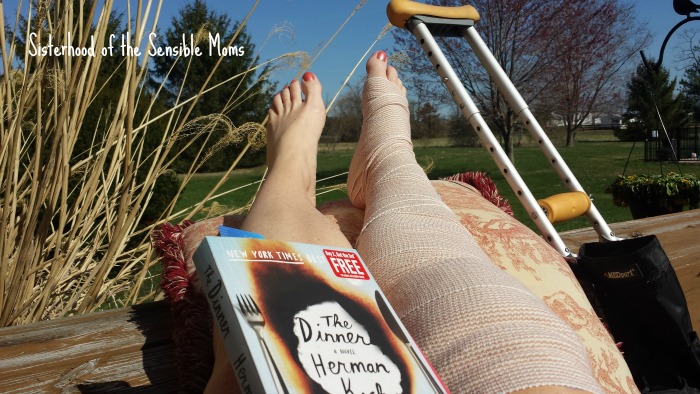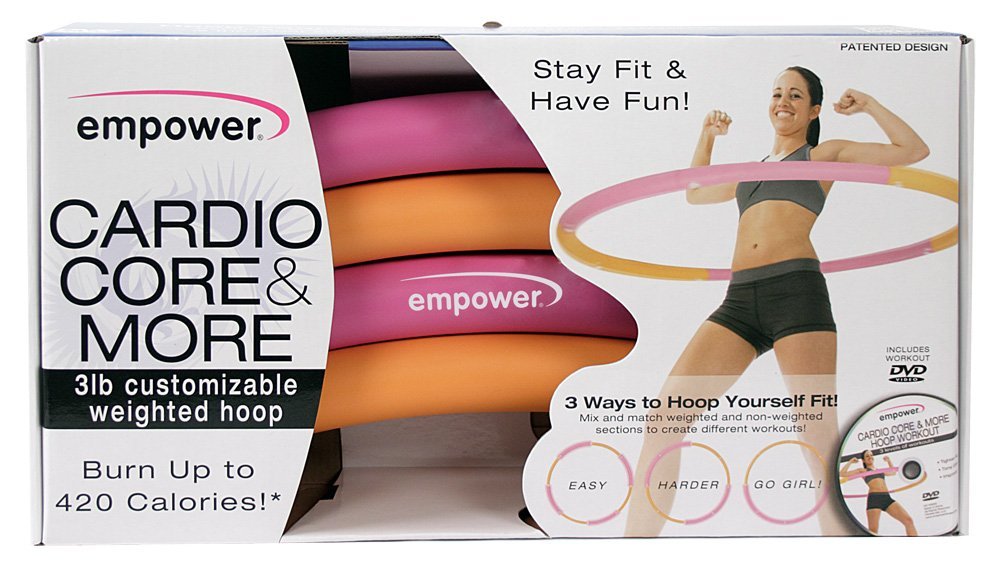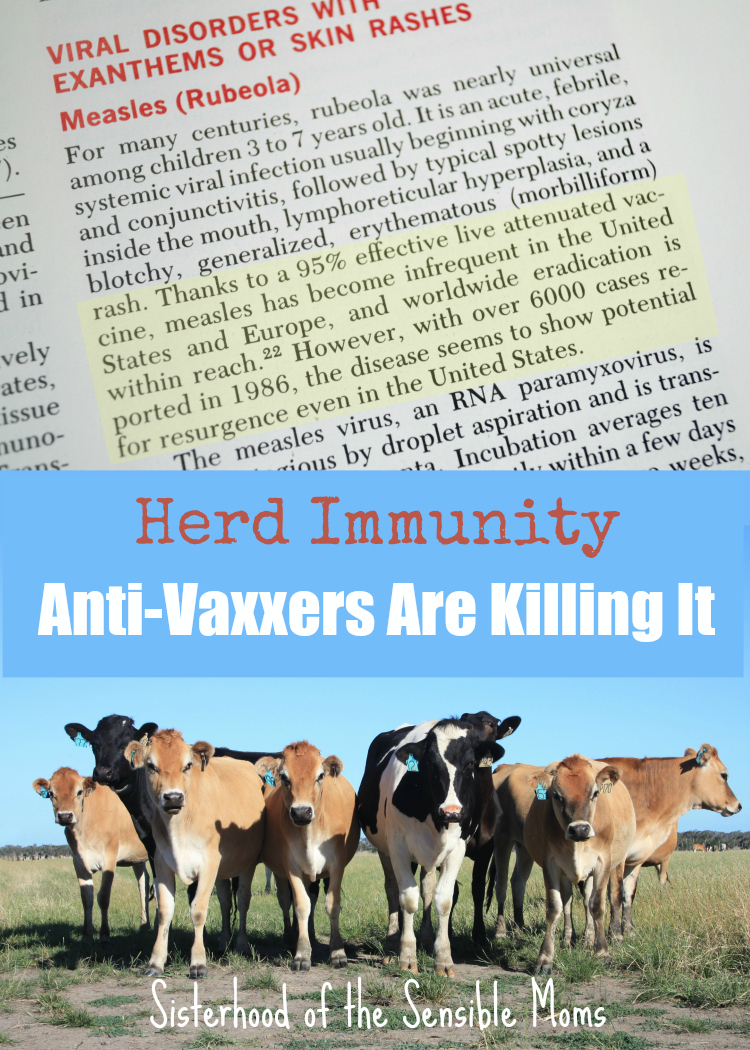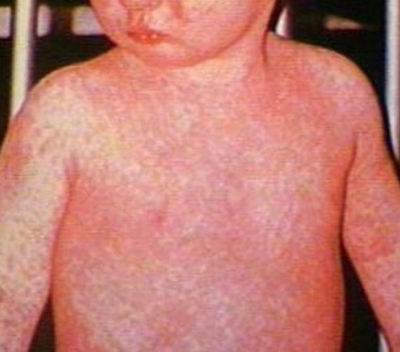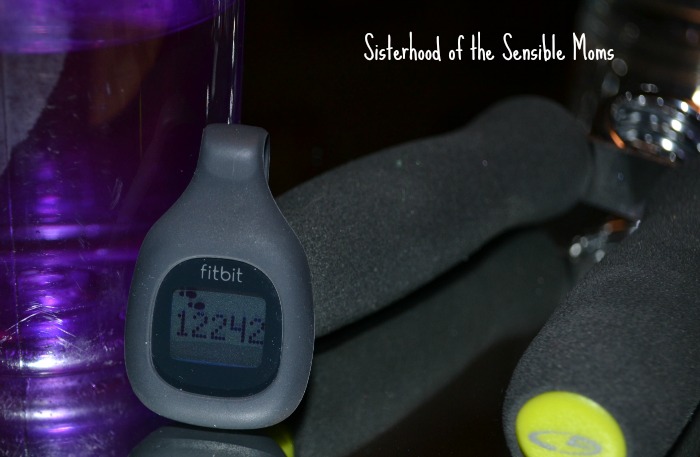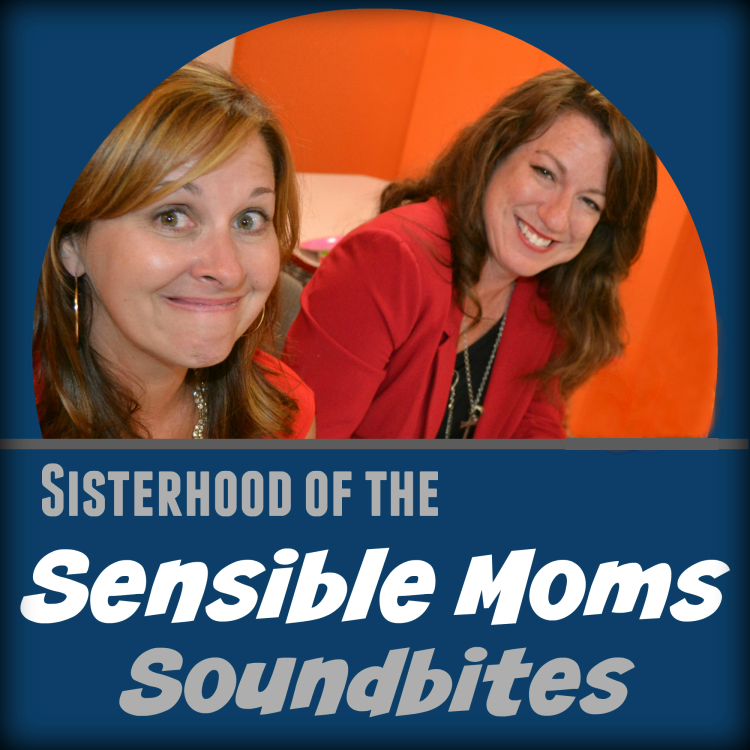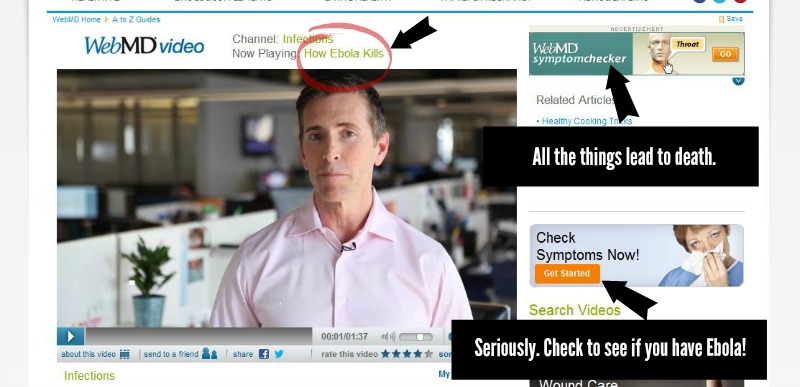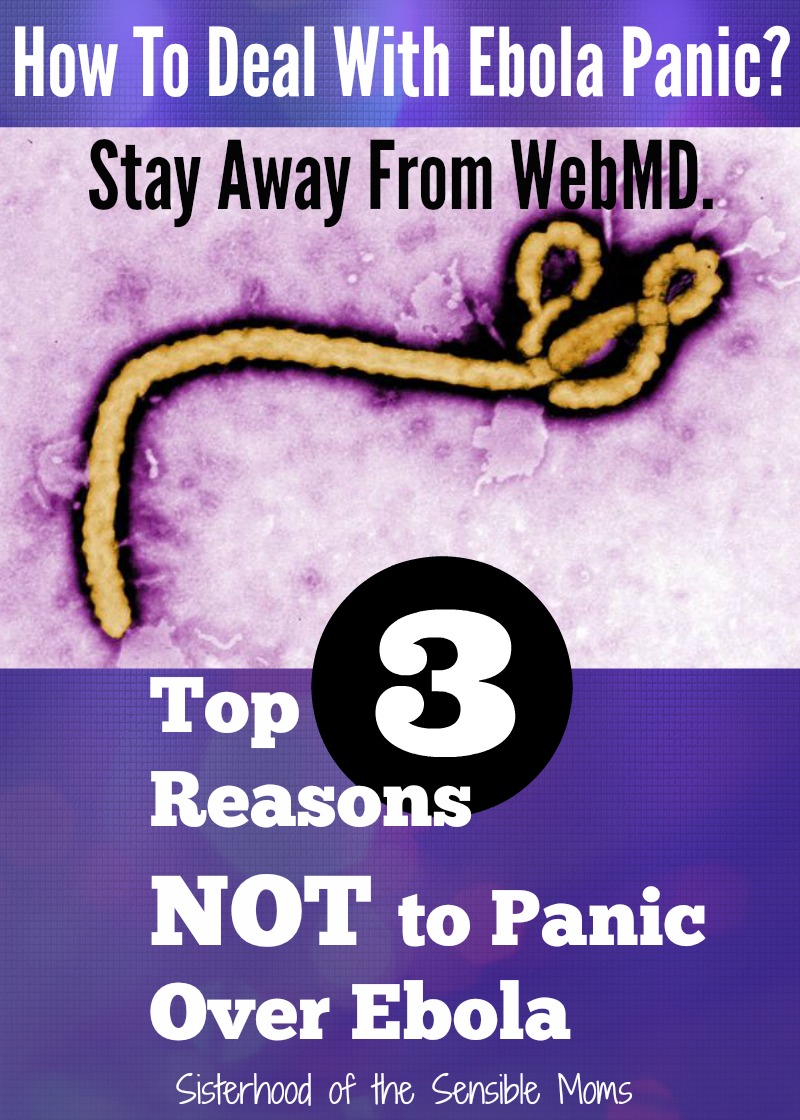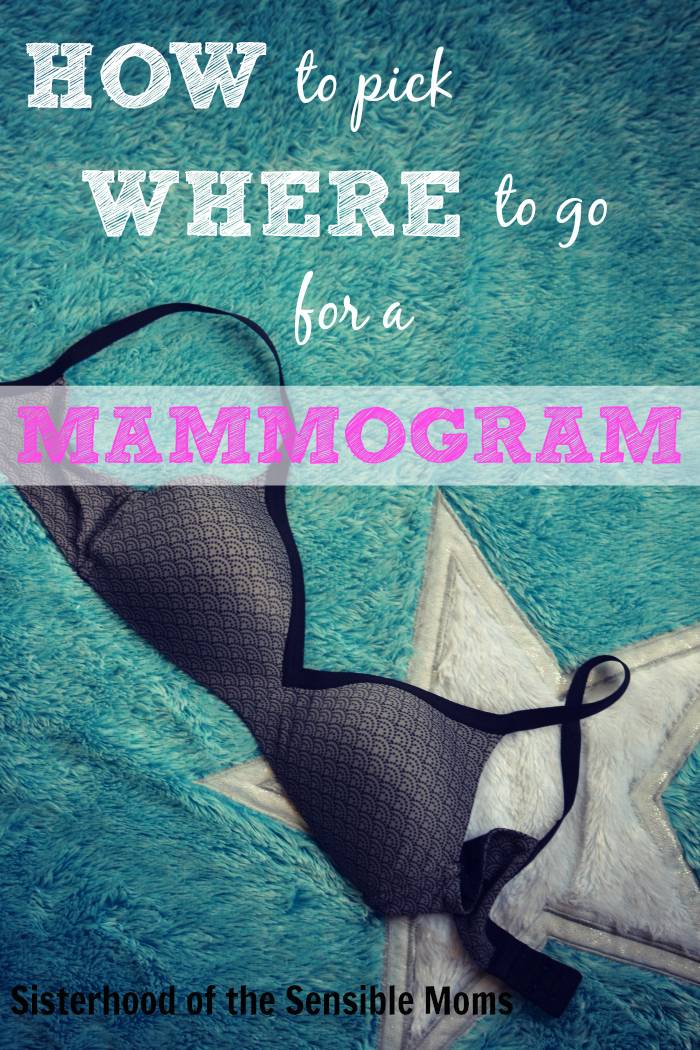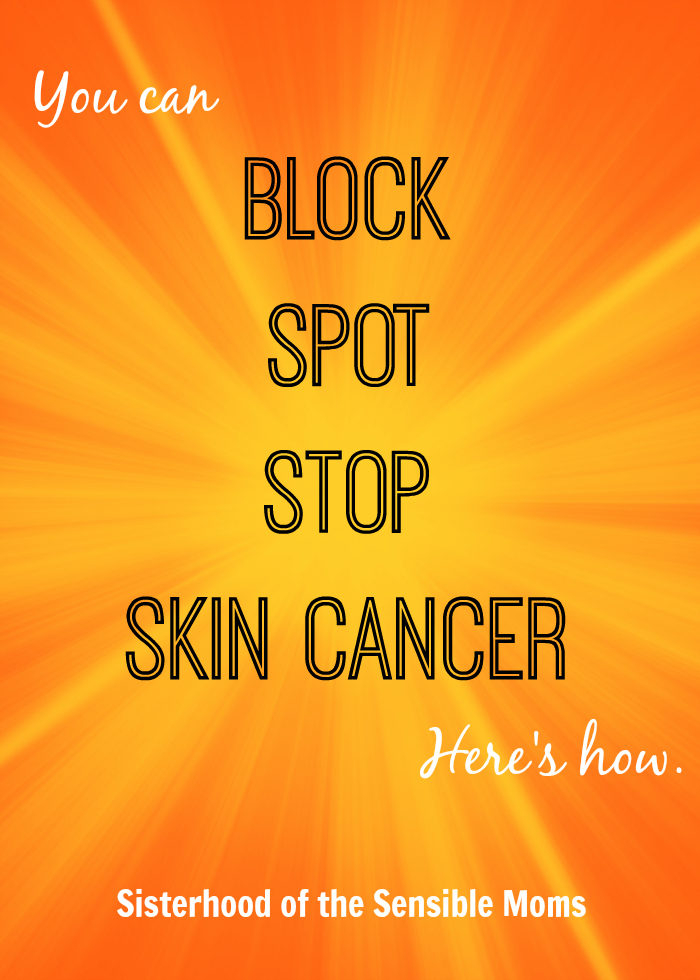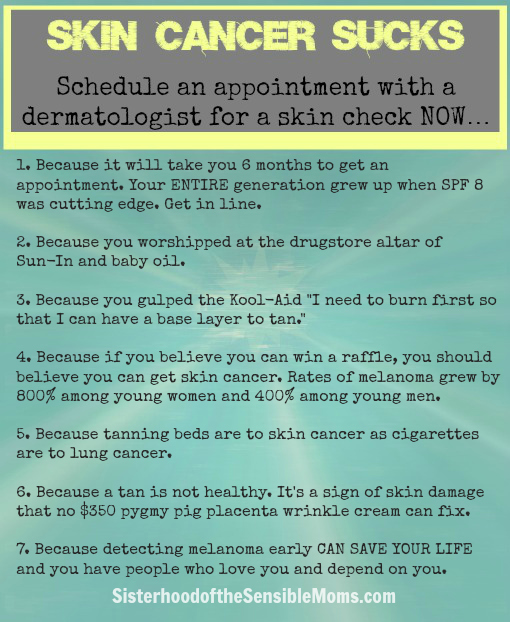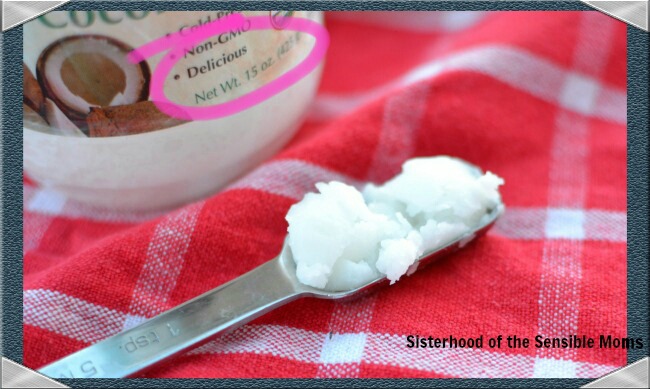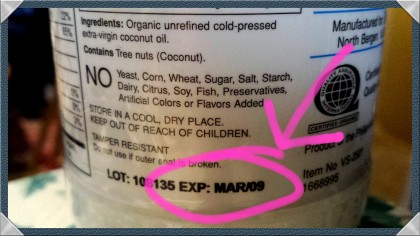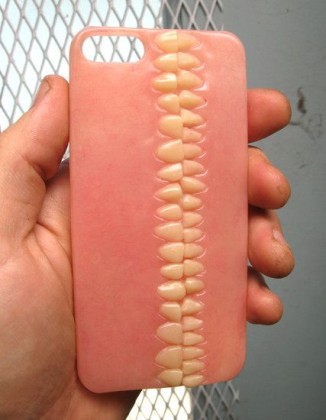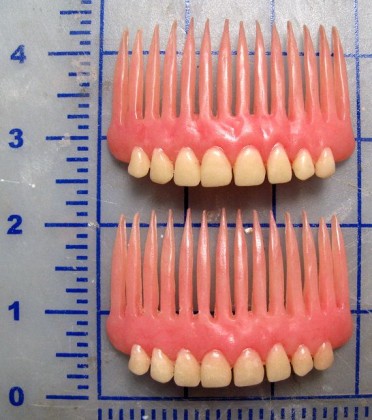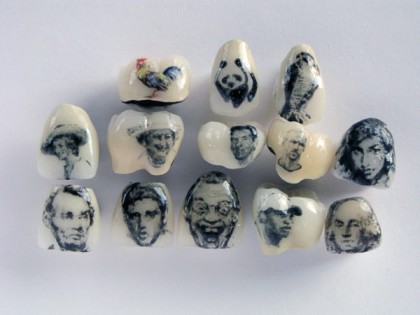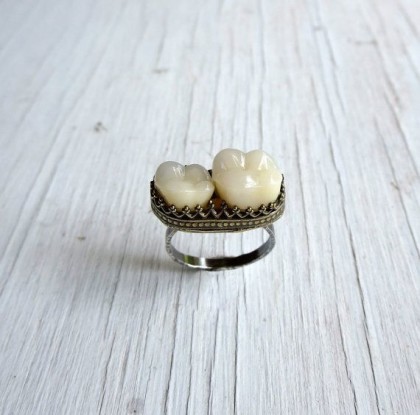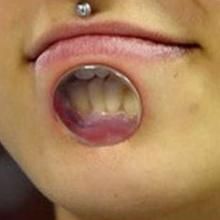by Ellen Williams, M.D.
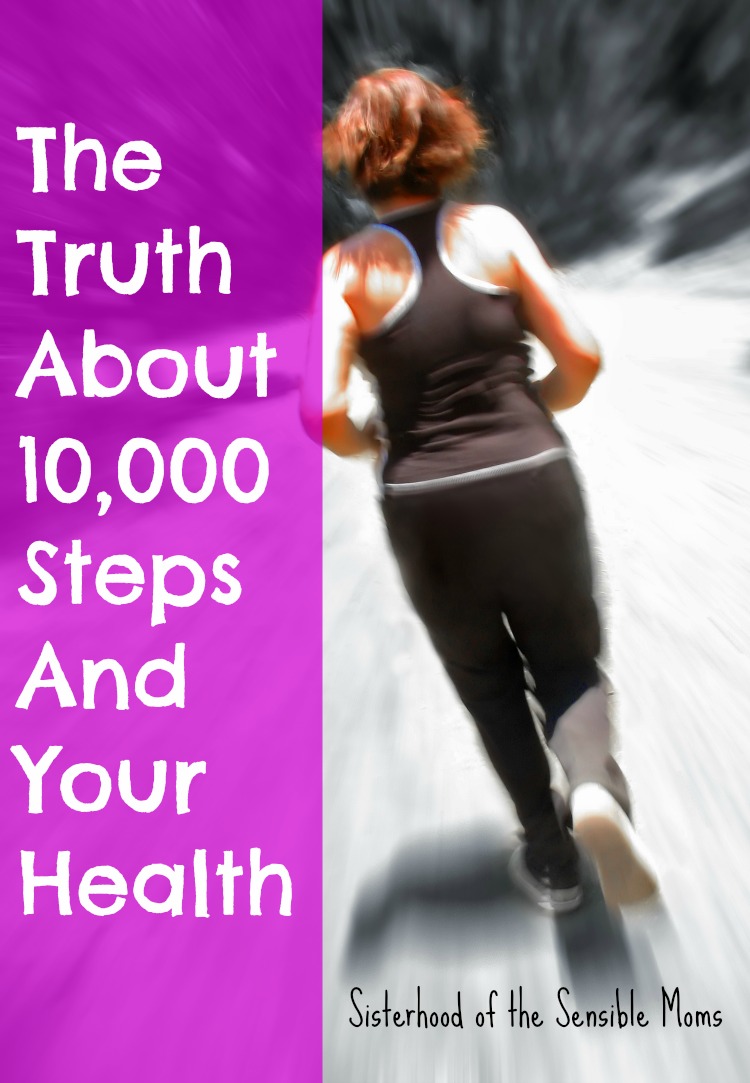
Hear my confession, oh Internet: I was a running snob. I looked down on walkers with 100% Grade A pure disdain with a heaping side of superiority. In the supermarket checkout line, I full-on “pfffted” at magazine headlines proclaiming, “Walk yourself thin.”
I mean walking was for underachieving lazy people. Why walk for an hour and get only one mile, maybe two, when you could run for twenty-five minutes and travel 5K? Oh I was never a speedy runner, but I was fast enough to justify my tortoise and the hare snobbery . . . at least in my mind.
But I have seen the light! Behold the glorious disciple who washed the scales from my McJudgy eyes: my knee!
Internet, Ellen’s knee. Ellen’s knee, Internet.
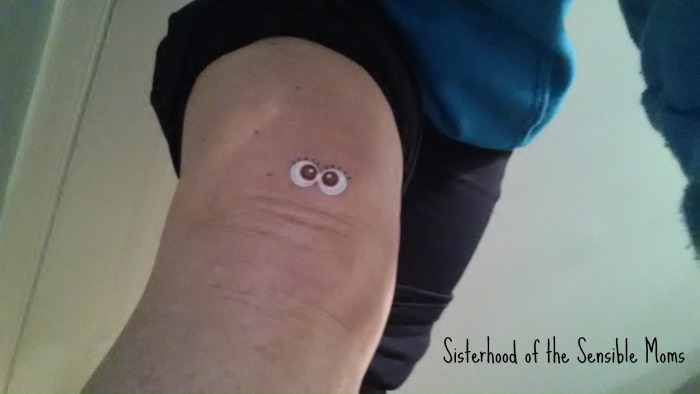
My knee in all of its swollen glory. My daughter thought it looked like a Cabbage Patch Doll. So she added eyes. Because laughing hysterically at my pain is the same as an “I love you”, right?!
In February of 2014, something popped and intractable pain ensued; leading me to get arthroscopic surgery in April. Now before you pull on your own McJudgy pants (I’m picturing them as plaid) and scoff, “See, that is what you get for running,” just know that it was genetics more than running that got my knee.
Not to brag, but when I woke up from anesthesia my surgeon ever so gently told me that I have the knee of a seventy-year-old woman. But don’t cry for my knee, I sobbed enough for all of us.
And thus the blossoming romance between Booty and Chairbegan.
During my seven week recovery period, Booty and Chair really became an item. They had flirted on and off leading up to the surgery, but no real connection bloomed until Crutches formally introduced them.
And here is a snapshot showcasing just how inseparable Booty and Chair became as the affair progressed.

Erin was trooper enough to chaperone the happy couple, Booty and Chair, all over the airport when we attended Mom Summit 2.0.
Should I have realized that Booty and Chair were no good for each other? That they were on a collision course headed for mom jeans and muffin tops? Sure, in normal times. But when I wasn’t lamenting, I was pouting about how awful it was that I could no longer run. Why bother moving at all if I couldn’t move in the most efficient, hard-as-nails way possible? “No pain, no gain” was the battle cry in the 80s and I was nothing if not a child of those times. Any decade that had “Where’s the beef?” AND “I’ve fallen and I can’t get up!” was a decade whose catchphrases needed to be cherished.
So what did my attitude get me? Fat. It got me fat. By Christmas, I was fifteen pounds heavier than I had ever been pregnant. In a theory I will never be foolish enough to test–my old maternity clothes would not fit me. Take a moment of silence for that soul-sucking sadness.
Something had to change and that something was getting a Fitbit Zip, joining a fitness support group, and logging back into My Fitness Pal to track my calories.
Guess what I learned? I was eating too much and moving too little. Who knew my 44-year-old metabolism couldn’t burn through nachos and cookies every night?
I clipped on my Fitbit Zip sure that in the course of my day I would hit the magic 10000 steps because I knew I was an active person. Um, I hit about 3000.
So did I jump on my treadmill to rectify the situation? No! I turned to the internet to see if this whole 10000 step thing was bogus. And the answer was a retroactive, “it’s legit!”
While the 10000 step concept was originally thrown out there in the 1960s by a Japanese company to sell pedometers (Aha! I knew it was a lie!), American scientists have since performed the research and determined that 10000 steps per day is a pretty good indicator of an active lifestyle. (Science to the rescue!)
In the scientific paper, Steps to Better Cardiovascular Health: How Many Steps Does It Take to Achieve Good Health and How Confident Are We in This Number?, Catrine Tudor-Locke outlines different levels of activity.
Activity Level Defined by Steps per Day
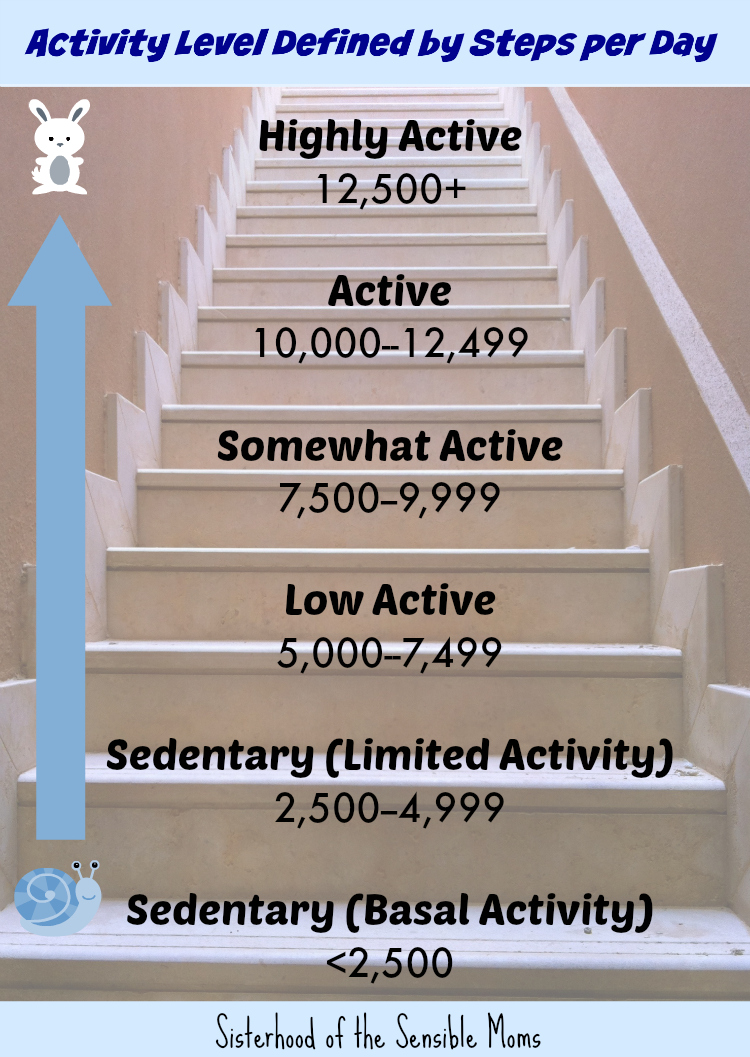
Ten thousand steps is a great number because unless you have a very active job like nursing or working in a warehouse, you need about 30 minutes of brisk walking in addition to your normal life steps to reach 10000.
This in turn correlates with the American Heart Association’s recommendations for overall cardiovascular health:
At least 30 minutes of moderate-intensity aerobic activity at least 5 days per week for a total of 150
OR
At least 25 minutes of vigorous aerobic activity at least 3 days per week for a total of 75 minutes; or a combination of moderate- and vigorous-intensity aerobic activity
AND
Moderate- to high-intensity muscle-strengthening activity at least 2 days per week for additional health benefits.
So what counts as moderate to intense walking? That would be ≥100 steps per minute. I timed myself on my treadmill and at a mere speed of 3.0, I can achieve about 125 steps per minute.
And here is some of the best news! You don’t even have to tackle the 30 minutes all at once! Ten minute bursts of activity at a time achieves the same fitness results.
So to recap, walking is good enough and humans are lazy liars who are fantastic at deluding themselves. Or at least I am. I don’t know if you were playing along at home, but I was only hitting 3000 steps before my fitness revelation. I WAS A SEDENTARY SLOTH! While sloths are adorable, carrying thirty extra pounds is not. I needed to change.
My Three Point Fitness Plan:
1. Accountability
If you are gaining weight, the truth is you are eating too much and the only way to get to the bottom of it is to keep a food diary. I logged into My Fitness Pal (MFP) app for the first time since 2009 to track my food. It has improved so much! You can easily find calorie counts for Weight Watcher and Skinnytaste recipes and you can scan the barcode of packaged foods.
I bought a Fitbit Zip. You can check out why Erin and I picked the Zip here. Fitbit and MFP work wonderfully together to track your energy in versus energy out. MFP will even calculate how many calories you burned from active exercise logged on your Fitbit and figure those into your calories allowed total. Also, you can link up with friends so you can compete compare how many steps everyone is taking.
I confess failures and celebrate successes with the ladies in my fitness support group. You can have your own. It’s as easy as gathering some friends in a secret Facebook group.
2. Moving More
I have fully embraced the American Heart Association’s mantra about exercise: Something is better than nothing!
3. Eating Less
I have invested the time in cooking healthy meals and stocking my kitchen with healthy snacks. I cannot “diet” and deprive myself, but I know how to eat nutritious, delicious foods that boost my health and keep me satisfied.
What does this look in action?
1. Exercise
For the past 30 days, I have moved 10000 steps each and EVERY day. Probably about 3000 to 5000 of these steps are achieved on the treadmill at speeds between 3.0 and 5.0 with most of them happening at 4.0, but if I can get outside, I prefer that. I have also been known to do four extra laps around the grocery store to get my steps in. If I am feeling sluggish, I convince myself walking at 3.0 on the treadmill is better than sitting and usually by a minute into it, I feel like ramping up the speed. I subscribe to the science behind interval training. No matter how fast I am going, I usually ramp up the speed by 1.0-1.5 for about a minute at a time. If I am on the treadmill for 30 minutes, I usually interval up five or six times. I also set the incline for 1 or 2 to make sure my intensity is good enough. I would go higher, but it hurts my knee.
I also have been hula hooping with a weighted hoop every day. Talk about an effortless abdominal and glutes workout! Exercise can be fun. I am a convert! (Caveat: your ribs and hips might feel a little bruised at first, so start with about a minute of hooping. This feeling disappeared for me after about 2 days. I think consciously tightening your abs while hooping also helps.)
I have been doing low weight/high repetition arm work and Pilates style ab work (planks and push-ups are my frenemies) two or three times per week. I often do the weights while on the treadmill. I have also been doing these exercises to strengthen the muscles supporting my knees.
When I hit the inevitable plateau, I will switch up/intensify my strength training.
2. Nutrition
I have MFP set for 1.5 lb/per week weight loss. This allows me 1220 calories per day, which I admit is hard to maintain EXCEPT I really end up eating between 1300 and 1475 calories per day because of my Fitbit exercise credit. It is a bit of a mind game, but it works for me.
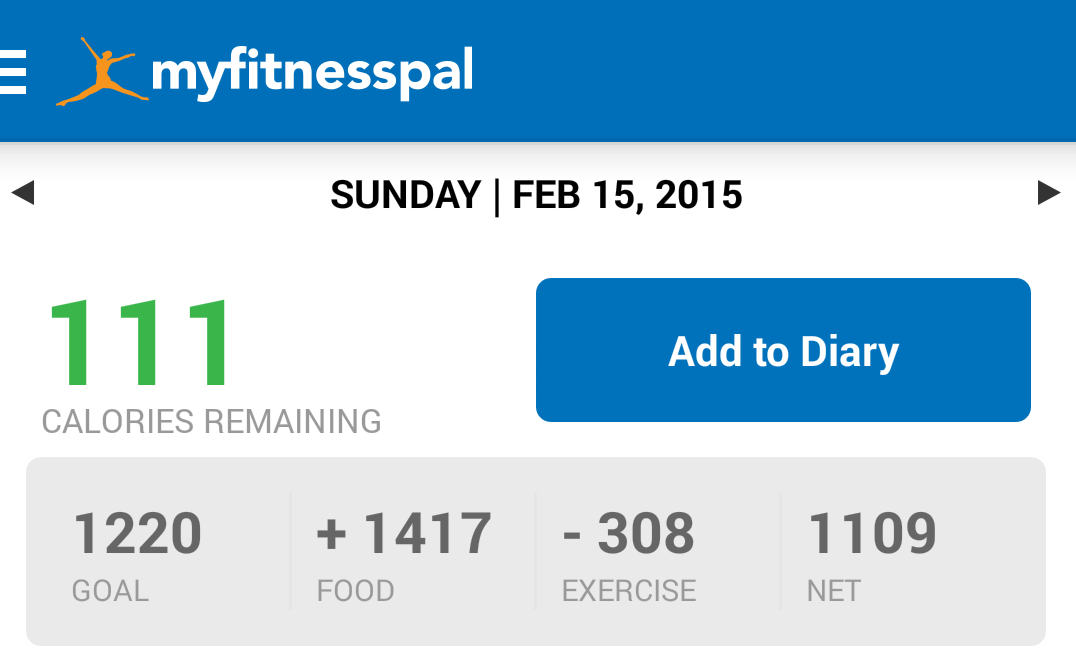
I just cannot eat “diet” food. It tastes like plastic and the portions are miniscule. I must eat food that is delicious and allows for satisfying portions. With that being said, I cannot live on salad alone either.
I have not skipped meals and I never allow myself to become ravenous. Basically, I have been eating around 350 calories each for breakfast and lunch making sure to include protein. To reach these goals, I have banished most bread, but I still eat carbs. I think carbs are delicious and get a bad rap from the haters. For dinners, I have been preparing tasty, family-pleasing options such as Skinny Mexican Casserole, Healthy French Country Crockpot Chicken, and Weight Watchers Baked Spaghetti Carbonara. I generally load up on roasted veggies and have 1/2 cup of healthy grains, too.

While every choice is part of the Big Picture, not every choice has to be perfect. Fitness and health has to be a lifestyle, not some “diet” to blast through.
3. Results
In thirty days, I have lost just over ten pounds (one third of the way to my goal) and several inches from my waist, booty, and arms. I have leveled down to the next size of jeans in my closet. I feel tremendously more comfortable in my own skin already. And of note, I have not felt denied. During this 30 days, I have celebrated my birthday with a wonderful weekend in Philadelphia where I ate the likes of bacon wrapped dates, empanadas, crispy Cuban pork, and salted caramel cheesecake (all in one day, yikes!). Just know on that day I walked for close to 16000 steps all over the city and I locked her down that Monday and Tuesday, eating about 1250 calories each day.
Bottom Line
♦Adequate levels of fitness take more than a casual stroll, but they also don’t require 90 minutes of marathon running and weight lifting. Don’t let the whispers of perfectionism immobilize you- “If you aren’t working hard, what’s the point of working at all?” Just move! An object in motion tends to stay in motion and it’s surprising what you can achieve if you just take that first step. I still miss the “high” from running, but my knee appreciates walking and the ten less pounds it has to haul around.
♦Accountability is key. My overachieving self can’t help but beat the 10000 step goal each and every day on my FItbit. Plus, since I can link up with my friends, THEY can see if I’m reaching my goals, too. Pride, in this case, works for me.
♦If you aren’t recording your food, you are most likely eating too much. As they say in Weight Watchers, if you bite it, you write it. I weigh or measure out every portion I eat.
Now go forth and move! The road to fitness can be walked!

It’s Your Move!
Did you know you can earn money with your Fitbit steps?! Find our all about it here!
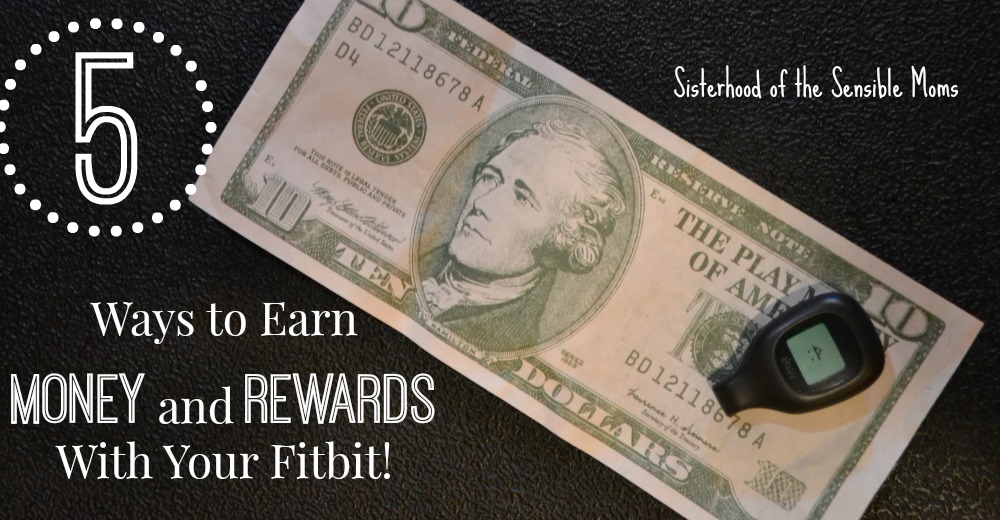
You can check out the Fitbit Zip I use on Amazon, too.
You can purchase my hula hoop here.
The above are Amazon Affiliate links. That means that while you pay the same as you otherwise would, we get a teeny portion of the profit. Maybe enough for a tablespoon of chia seeds.
You can follow us on Google+, Twitter, Facebook, Instagram, and Pinterest.
Check out our books, “I Just Want to Be Alone” and “You Have Lipstick on Your Teeth.”

